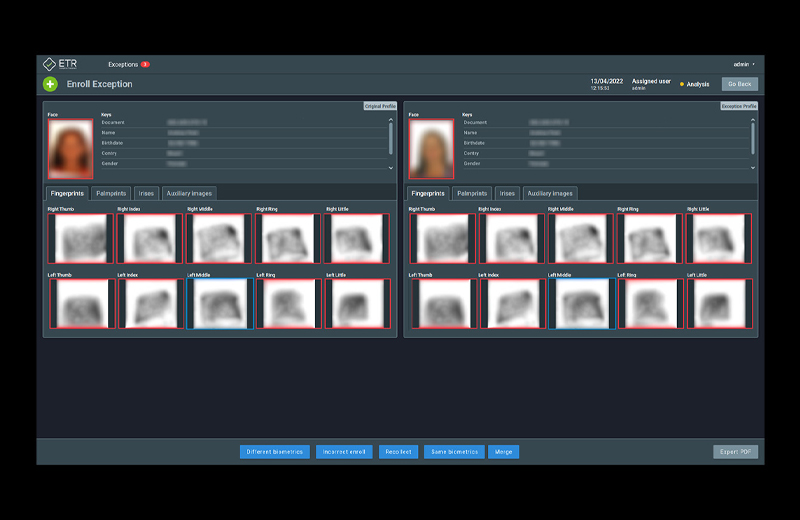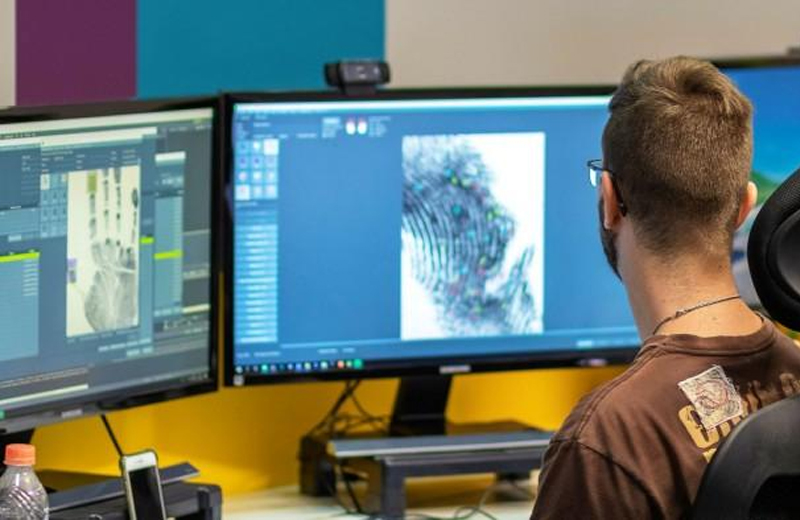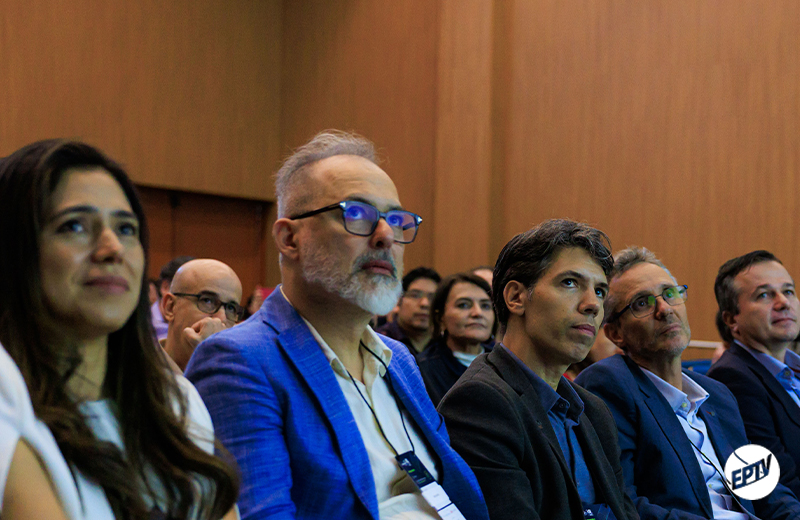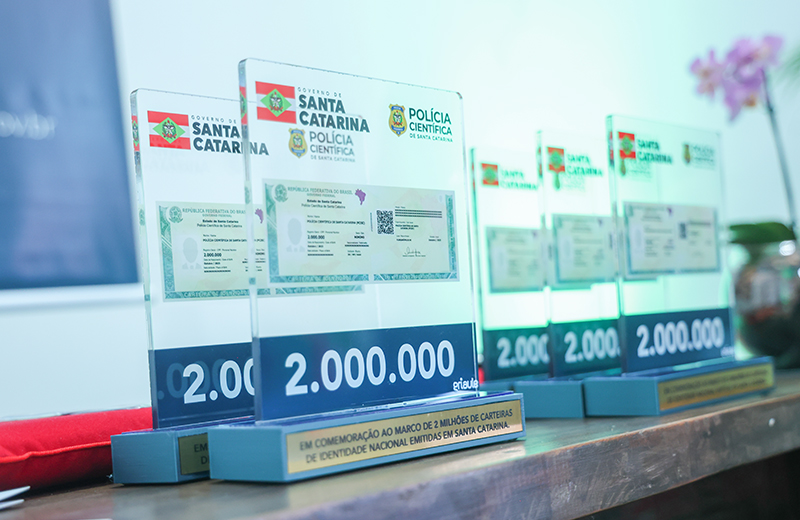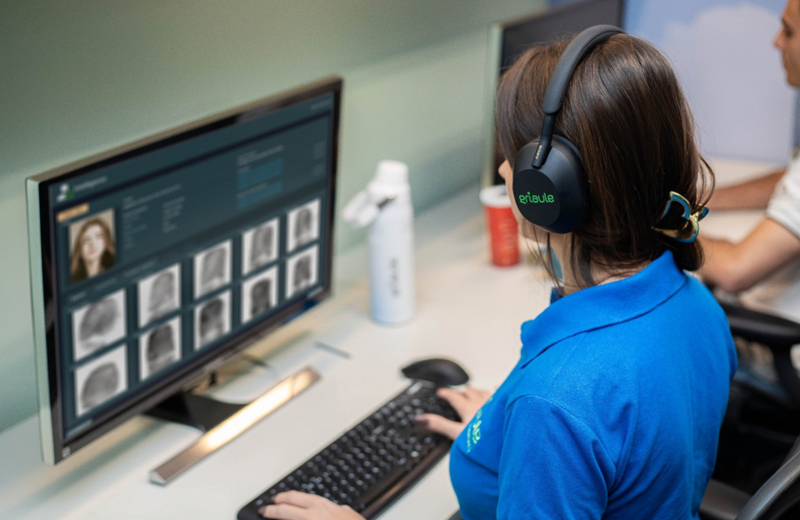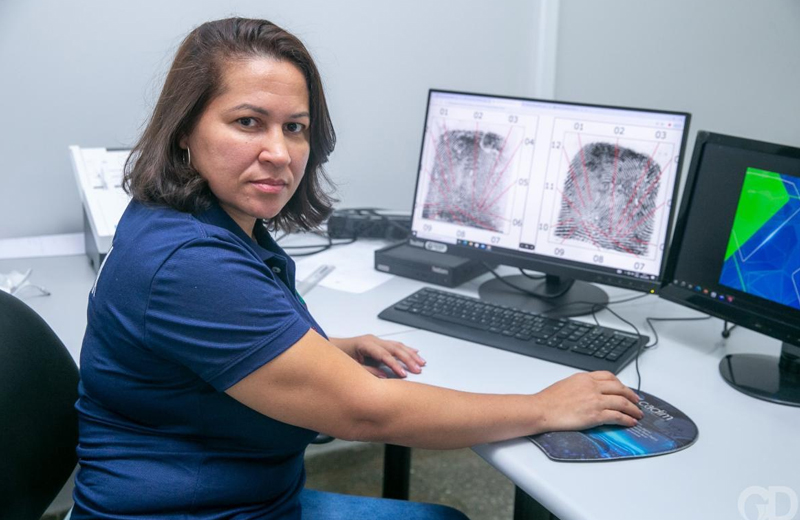By Thiago Ribeiro, Business Director at Griaule
You arrive at a commercial building for a meeting or medical appointment and are told at reception to look at the camera after handing over a document. A photo is captured and you are registered in the system. Within seconds, the turnstile is released after your face has been scanned.
Late in the morning, you need money but you've forgotten your card at home. He goes to the bank and withdraws the money from the ATM after his fingerprints have been scanned.
At lunchtime, he needs to renew his identity card; he goes to a government office and has his biometrics taken.
At the end of the day, you authenticate your biometrics to access an application on your cell phone, such as accessing your e-title or validating your identity to receive a social benefit.

Biometrics: a growing technology
The use of biometrics has grown significantly in recent years, driven by the search for greater security and convenience. On the one hand, this expansion has been made possible by the inclusion of artificial intelligence techniques - such as neural networks - and increasingly effective data processing, which improve the accuracy and reliability of biometric systems.
On the other hand, there has been a popularization of smartphones with cameras and biometric sensors, which allow identification anywhere, and which have made great strides in the quality of their hardware and high-performance processors.
A report carried out by technology company HID has shown biometrics to be one of the main trends in the security and identity market in 2025. The survey - released in February this year - interviewed 1,800 users and I.T. industry professionals around the world. Around 35% say they currently use biometric technology, while 13% plan to use it.
In terms of geographical distribution, Latin America is the place with the greatest use of biometric technologies, with 58%. It is followed by:
- Asia/Pacific: 43%
- Europe/Middle East and Africa: 38%
- United States: 31%.
Among the leaders who were interviewed, 72% say they want to implement fingerprint recognition and 52% are focused on facial recognition.
A question of security
The sense of security generated by biometric systems makes sense when you take a closer look at how the technology works. From a technical point of view, it is an extremely secure form of identification, as it authenticates the person for what they are, with their fingerprints, irises and faces.
The term biometrics comes from the Greek "bios" (life) and "metron" (measure). It is the study and application of the unique physiological and behavioral characteristics of each individual. In addition to fingerprints and facial recognition - which are currently the most widespread solutions - there are other forms of biometrics for identification and authentication purposes, such as iris scanning, voice recognition and palmprint.

Practicality for bureaucracies
As in many countries around the world, biometrics is used in Brazil to issue official documents such as voter registration cards, identity cards, passports and driver's licenses. Reliable documents and databases of citizens are fundamental to guaranteeing a fair, safe and organized society.
With biometrics, the government can, for example:
- prevent fraud in the granting of social benefits and generate savings for the public coffers;
- identify ideological falsehoods in official documents, avoiding duplicate records;
- to promote the rapid identification of people in vulnerable situations and contact with their families;
- enabling digital services for the population, such as digital voter registration;
- speed up police investigations by collecting fragments from crime scenes;
- avoid mistakes in identifying innocent people with names similar to those of wanted persons.
As with any technological advance, it is essential that the use of biometrics is accompanied by strict ethical standards and agreed with society as a whole. The United Nations, for example, has serious guidelines for the use of cameras and facial recognition technologies by the public sector, with the aim of ensuring that these technologies are used ethically.
In the private sphere, it is essential that companies dealing with biometrics strictly follow the General Data Protection Law (LGPD 13.709/2018), which established guidelines and principles regulating the collection, processing, storage and sharing of personal data, guaranteeing the right to privacy.
But beyond the LGPD, it's important to continue making progress in updating regulations and establishing clear criteria for the use of biometric data in order to preserve people's privacy while allowing them to live with efficient and secure systems.
Precedence Research estimates that the global biometrics market is currently valued at US$ 60.32 billion and is expected to reach US$ 307.24 billion by 2034, an annual growth of almost 20%. It's a path of no return. It's up to us, the players in the development of this technology, to ensure that all this growth benefits society.
This excerpt is part of the full content published by the Olhar Digital website on May 24, 2025, available at this link.

